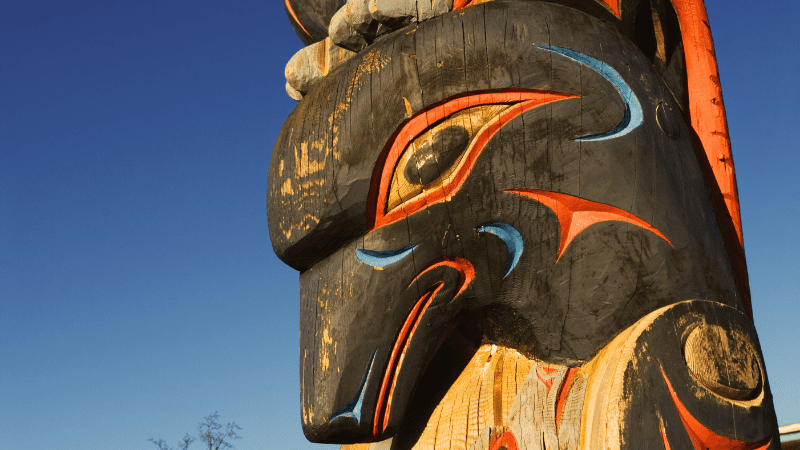This article originally appeared in the Toronto Star.
By Ken Coates, February 5, 2024
As we note successes in finally providing safe drinking water to many Indigenous communities, the job is far from over.
The water issue was a disgrace for Canada. Eventually, the political will grew to start fixing it. However, the quality of life in many Indigenous communities will remain unacceptable unless we now turn that focus to several other long-term problems.
For more than a decade, the government of Canada has worked on lifting long-term water advisories in Indigenous communities. While problems persist, partly due to the locations of many remote settlements, considerable progress has been made. Ontario continues to have the greatest problems, with 76 advisories lifted and 19 remaining. From Manitoba to British Columbia, eight communities remain without safe drinking water out of 64 that had long-term advisories.
Cleaning up water services has cost hundreds of millions of dollars. The expenditure was much overdue and reflected difficult geography, the high cost of completing remote projects and long-term government neglect.
The scoreboard approach to water delivery, necessitated by the public and Parliamentary criticisms of the federal government, is misleading and inappropriate. Most of the advisories have been addressed and most Indigenous communities can finally access clean and safe drinking water. This is a real achievement — or at least it will be when the remaining water systems are fixed.
But the celebrations should be muted, for this work is only bringing Indigenous communities to the basic standard that most Canadians take for granted.
Significant problems remain. Pipelines linking homes to water sources in permafrost conditions are expensive. Purification systems break down.
But the difficulty in providing safe water reflects broader and more fundamental challenges. The problems associated in First Nations, Métis and Inuit communities are a symptom of systemic issues. Water is the No. 1 challenge, but it is far from the only one.
Many Indigenous communities have serious housing shortages and poorly maintained buildings. Unpaved roads are commonplace. So are poor fire protection and inadequate policing. Add in unreliable and typically diesel-powered electrical systems, low quality internet connections and limited health-care services, a portrait emerges of the full scope of the challenges.
Market economies for housing rarely exist in Indigenous communities, creating dependence on government for housing stock — yet another place where realities are seriously out of step with the rest of the country.
Canadians seem to understand the importance of safe water supplies more than most other elements in community infrastructure. As a result, the country has approached infrastructure renewal issue by issue, community by community.
Indigenous governments see this much differently. Their citizens live with the problems. They know the issues are interrelated and collectively undermine the quality of life in these towns.
The length of time it has taken Canada to provide clean drinking water to most, but not all, Indigenous communities is a warning about how long and how much money it will take to serve the settlements properly.
But providing core services to all communities is a fundamental responsibility of the federal, provincial and territorial governments. That so many Indigenous Peoples live with clearly substandard infrastructure and services is an indictment of the country at large.
With the improvement of water services getting closer to an acceptable level, it is time to recalibrate national expectations about Indigenous infrastructure generally. Canada must aspire to provide Indigenous people with the same quality, variety and standard of public services offered to other Canadians.
Improving infrastructure in Indigenous communities must also be connected to the existing processes of re-empowering Indigenous Peoples. Indigenous governments and regional organizations should be setting priorities, overseeing developments and managing the funding and maintenance. The government of Canada and Indigenous Services Canada must step back, when Indigenous governments wish to take over responsibility.
Indigenous people should expect nothing less than national quality infrastructure and services, designed, implemented and maintained by Indigenous governments wherever feasible. To this point, improvement in water systems represents only a drop in the bucket.
Ken Coates is a distinguished fellow and director of Indigenous affairs at the Macdonald-Laurier Institute.






